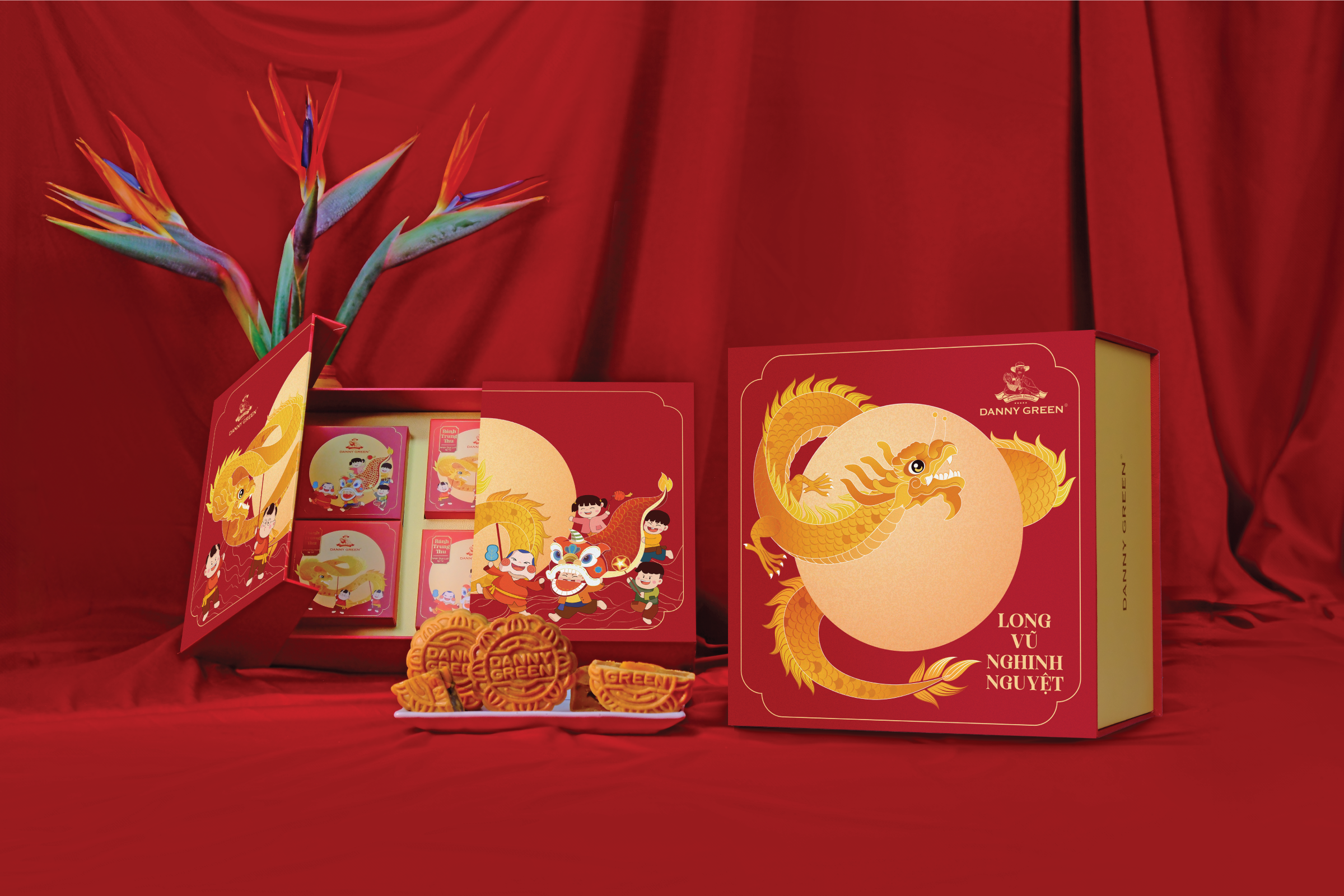10 most “contaminated” foods that you never expected
The following 10 foods, according to many studies, are considered the dirtiest due to many chemical residues
- Strawberries
According to a report by EWG (American Environmental Working Group), 99% of strawberry samples collected contained at least 1 type of pesticide, 30% had residues of more than 10 types of pesticides. So if you are a fan of this attractive succulent fruit, you will want to invest some extra money to buy organic strawberries for your long-term health.
- Leafy green vegetables
According to market surveys, leafy vegetables are the vegetables consumed the most by the market. In many research samples, pesticide residues on leafy vegetables were at much higher levels than on stem or root vegetables. Survey data showed significant pesticide residue in 86% of leafy vegetables including kale, spinach, lettuce and spinach.
To explain this, researchers think that because leafy vegetables often have large leaves, wrinkled surfaces, easily deposit pesticides and are difficult to wash.
- Tangerine
Over 90% of tangerine samples collected in the study showed residue imazalil, a fungicide. This substance is often used on tangerines and bananas, and is known to be a human carcinogen.
- Apple
Research from EWG indicates that pesticide residues were found on 90% of apple samples. Of these, 80% of apple samples contained diphenylamine, a pesticide banned in Europe. The skin of the apple is thin and so chemicals can easily penetrate inside and cannot be removed by normal water washing.
- Bell pepper
Bell peppers are the agricultural products with the most chemicals. On bell pepper samples, up to 101 types of chemicals can be found. The most popular of which are two insecticides called acephate and chlorpyrifos.
- Grapes
Both green grapes and black grapes are known to be the “dirtiest” fruits, with an average of 5 types of pesticides in grape samples collected by EWG.
- Cherry
Over 90% of cherry samples in the study contained at least 2 types of pesticides.
- Peach
In a test by the US Department of Agriculture, 1 conventionally grown peach contained up to 56 types of pesticides. Particularly fludioxonil – a fungicide that can cause hormonal disorders – appeared in over 90% of tested samples.
- Le
Many pear samples tested contained high concentrations of pesticides, including fungicides and insecticides. More than half of the pear samples had residues of more than 5 types of toxic chemicals. Like apples, the skin of pears is thin, so regular water washing is difficult to remove these substances.
- Cove beans
9/10 cove bean samples tested contained pesticide residue. 70% of samples contained more than 2 types of pesticides and 6% showed signs of acephate while this substance was banned by the United States more than 10 years ago.
Scientists recommend, if there are no conditions to use 100% organic vegetables in your family’s diet, you can prioritize substituting organic products for the above 10 types of vegetables or wash the products thoroughly under running water before using to limit pesticide residue.





